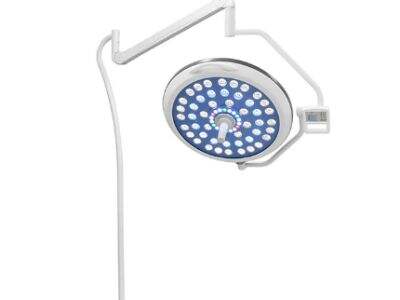For people having surgery, this requires a tremendous amount of support from doctors, nurses and other caregivers to recuperate properly. These professionals are an essential part in patients being able to return and heal comfortably. Another very crucial aspect of the recovery process is moving patients from an operating bed to another bed in a safe manner. This can be tricky to carry out so pay attention it. In ensuring that patients leave the operating bed safely just like from Micare, there are five major dos and don'ts for medical staff.

The Relevance of the Rules to Recovery
Ensuring consensus of those ‘in the know' is highly valuable if it makes patients feel well. The right movements can help to hurt less and heal faster. If, for instance, the medical staff picks up and handles the patient with great care—that would prevent him from getting injured when being transported to a hospital bed with Surgical lights. If so, what seems clear is that the patient returns to a good part and has as soon wellness as he can ask for. And when they receive the proper treatment, many feel comfortable and reassured.
Keeping Everyone Safe
Adherence to these regulations also restricts the possibility of contamination amongst healthcare workers who are treating patients. Using the proper techniques for patient transfer can also prevent falls or injuries to staff as well. The safety of patients is paramount, as well the health and safety of workers in a hospital setting. The hospital as a whole is able to run more effectively when all work in an efficient and safe manner which only makes things better for the workers themselves, not just bodies of labor. An efficient experience means less anxiety for the parties involved and makes it possible for healthcare personnel to just do their job providing aid.
The Impact Of These Rules For Feeling Good In Patients
Moving patients in a slow, respectful manner lets them know they are respected and considered. This is vital for both their physical health and their mental/emotional well-being. Added to this, patients' impressions of their overall experience during an episode of inpatient care are often much better if they felt safe and well-treated. If healthcare providers make a habit of adhering to these guidelines, they will lay the foundation for creating an environment in which patients remain secure and at ease; this can result in more favorable outcomes during their path towards recovery.
Five Key Rules to Follow
Let us now understand the five essential standard operating procedures for getting patients down from bed with Medical headlights and loupes. Each of these rules is in place for a specific reason and improves the safety and overall comfort of all patients.
Talk to the Patient First
Otherwise, before moving the patient — it is important to have a small conversation with them. It gives the patient some idea of what to expect and makes them more comfortable with it. Tell them how they can help with the move, if at all possible. This not only includes the patient, but it could also ease the transition.
Check the Equipment
Check that each piece of medical equipment (monitors, IVs) are functioning and in a secure site prior to patient relocation This straightforward precautionary measure plays a significant role in avoiding any potential issues that could jeopardize the safety of the patient or other individuals present. Unsecured equipment may cause some accidents which will never allow you any chances of surviving the transfer so it is well-bounded by this step.
Use the Right Tools
You need to have proper tools such as slings or lifts for a safe move. This is especially true for patients whose mobility as well their overall health requires assistance. The use of the proper tools can facilitate a more seamless and efficient transfer for all parties.
Position the Patient Well
Position the patient well and comfortably when transferring them to their hospital bed with Surgical tables on the side. So that means making sure they have all their supports and cushions. Changing over the bed size earlier than transferpublizieren Not only, so that it is also convenient for workers to register without any undue tension on sufferers or employees autonomously having made suggestions.
Write Down What Happens
You need to document every step of the move. Such a documentation aids in keeping everyone safe and also verifies the correct procedure followed. It also prevent major mistakes later on, particularly with discharge which is really important for follow-up of the health care.










































